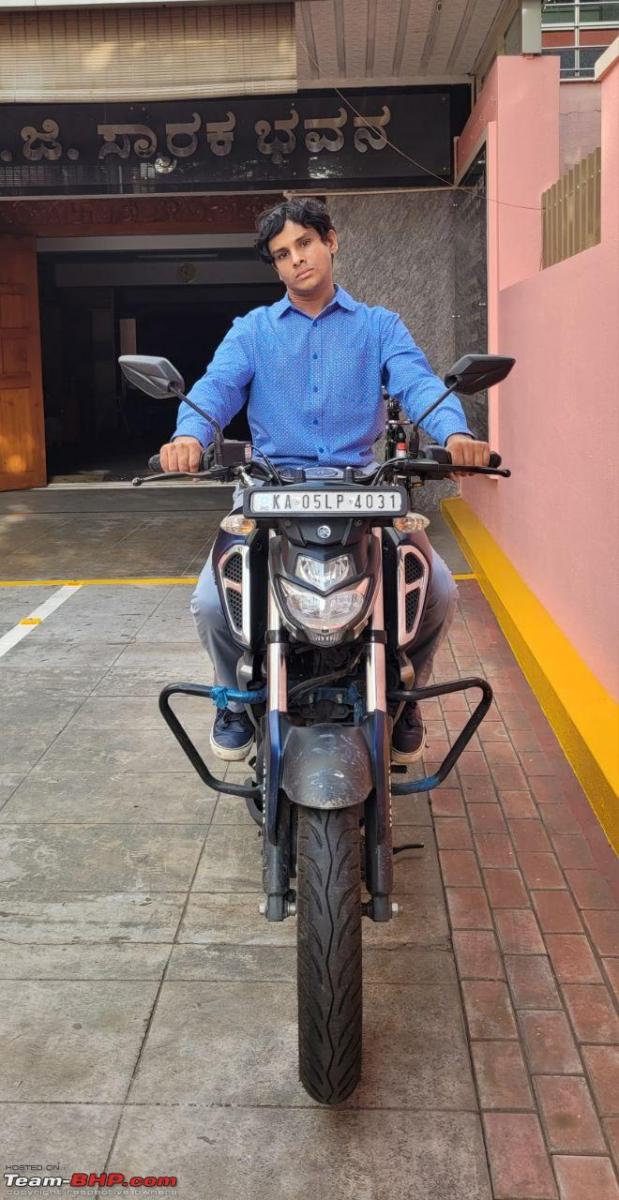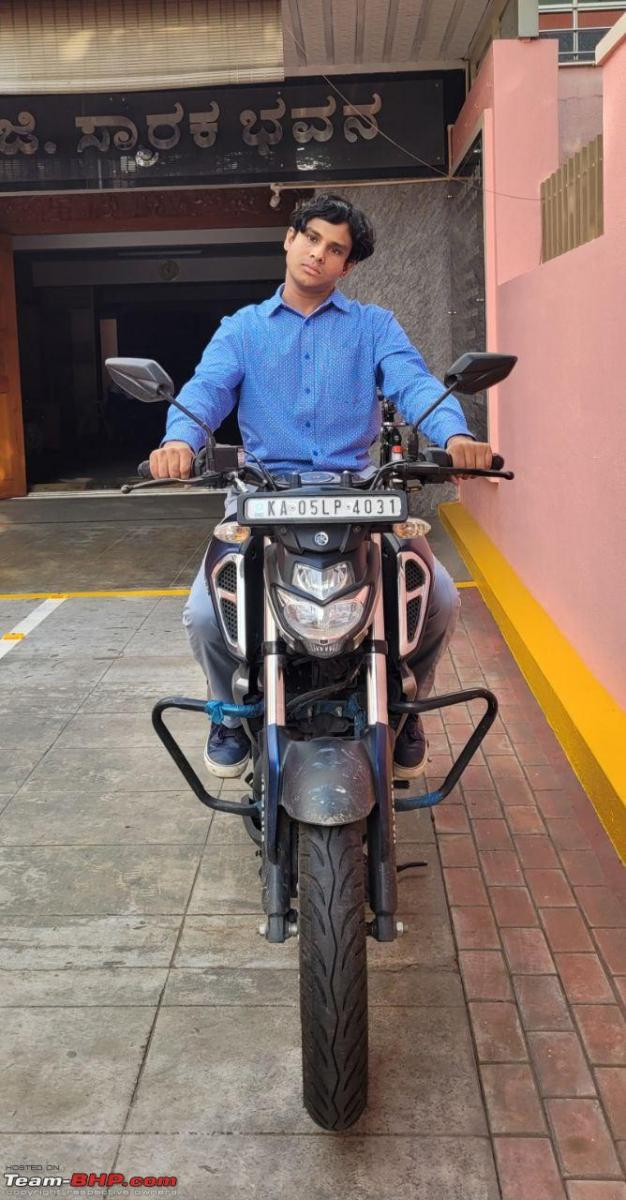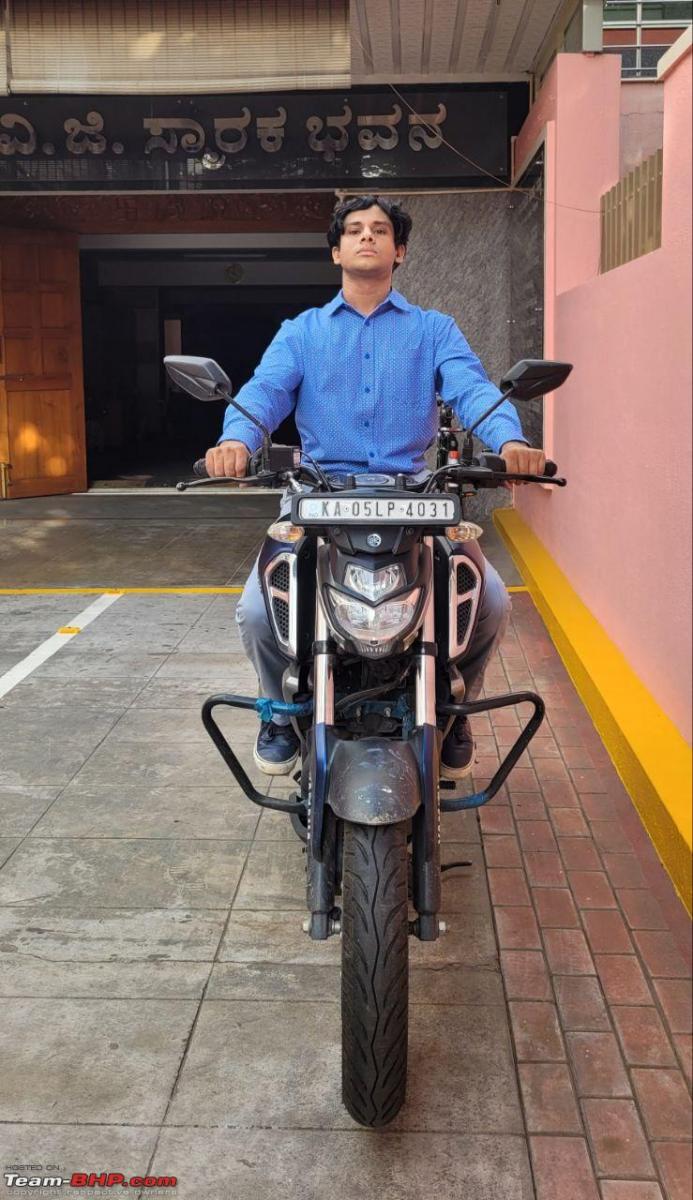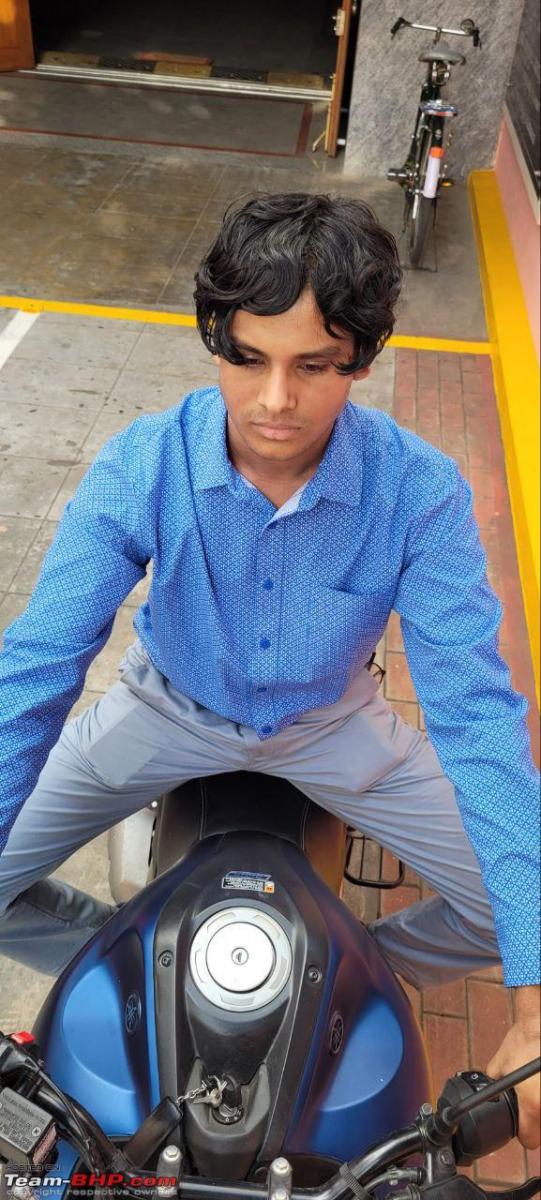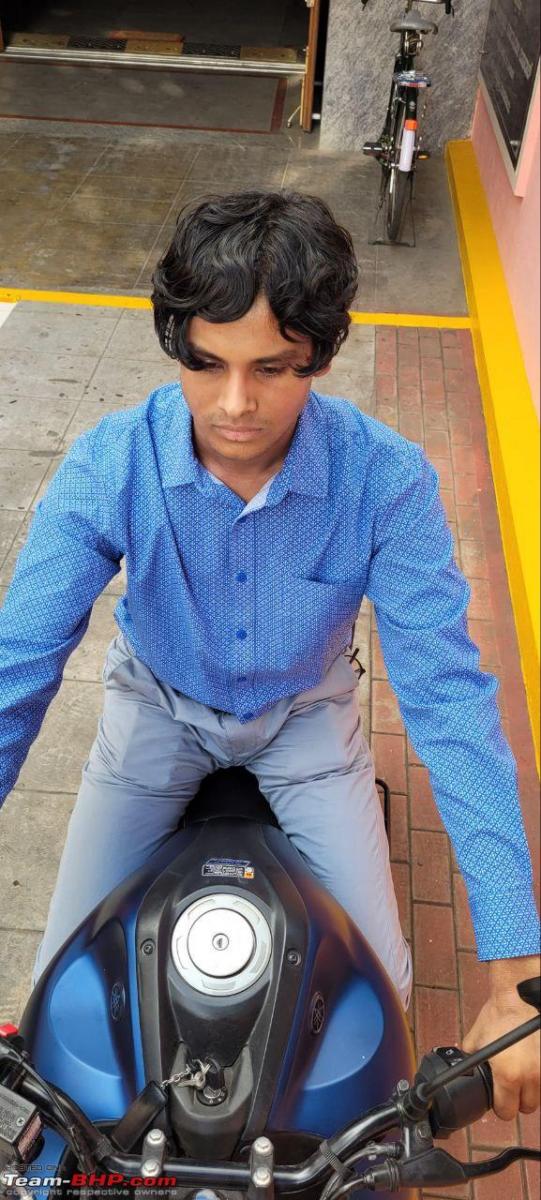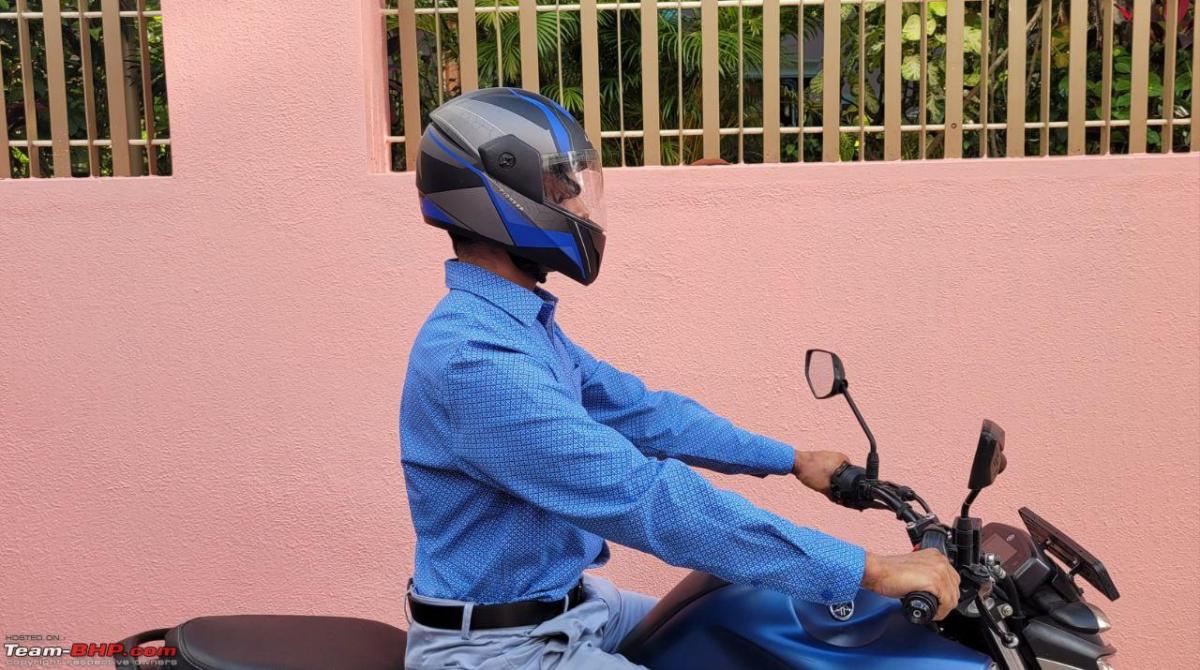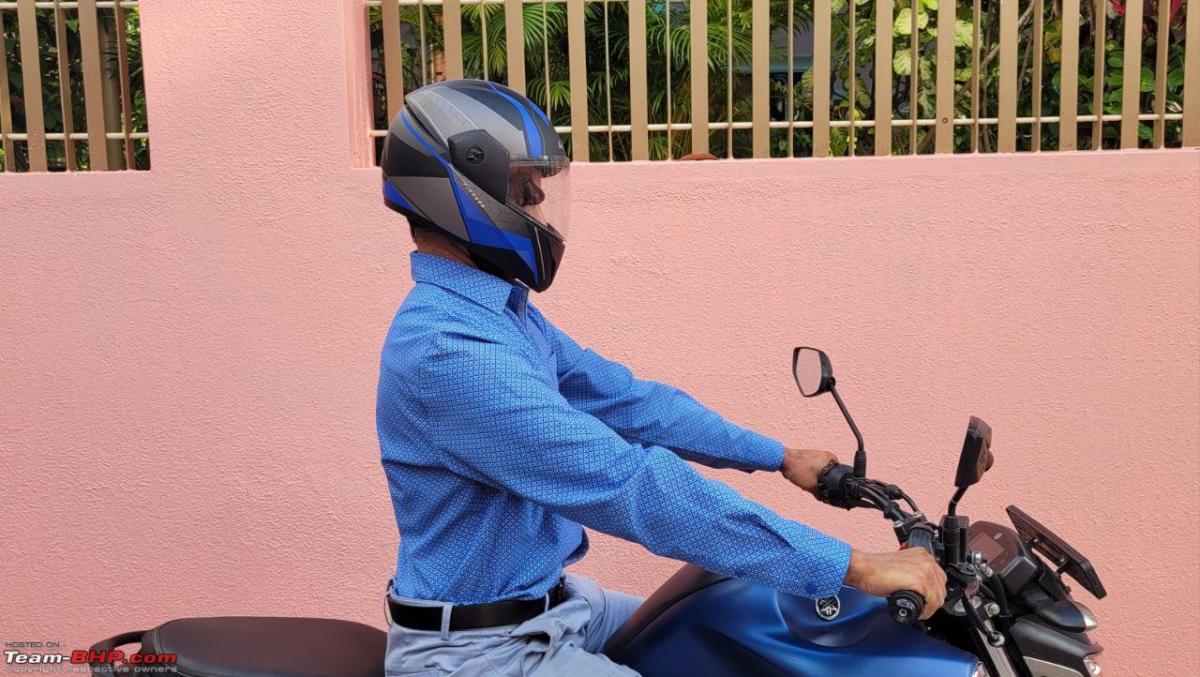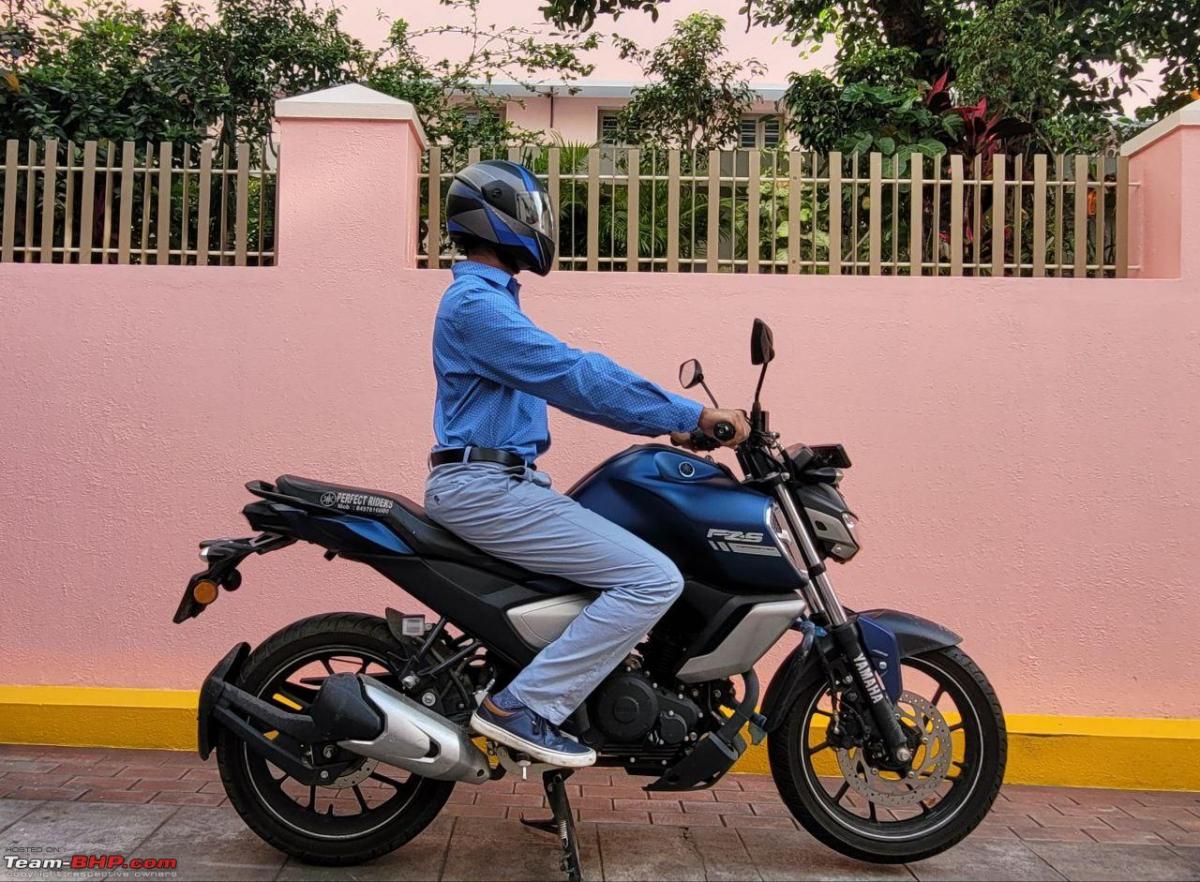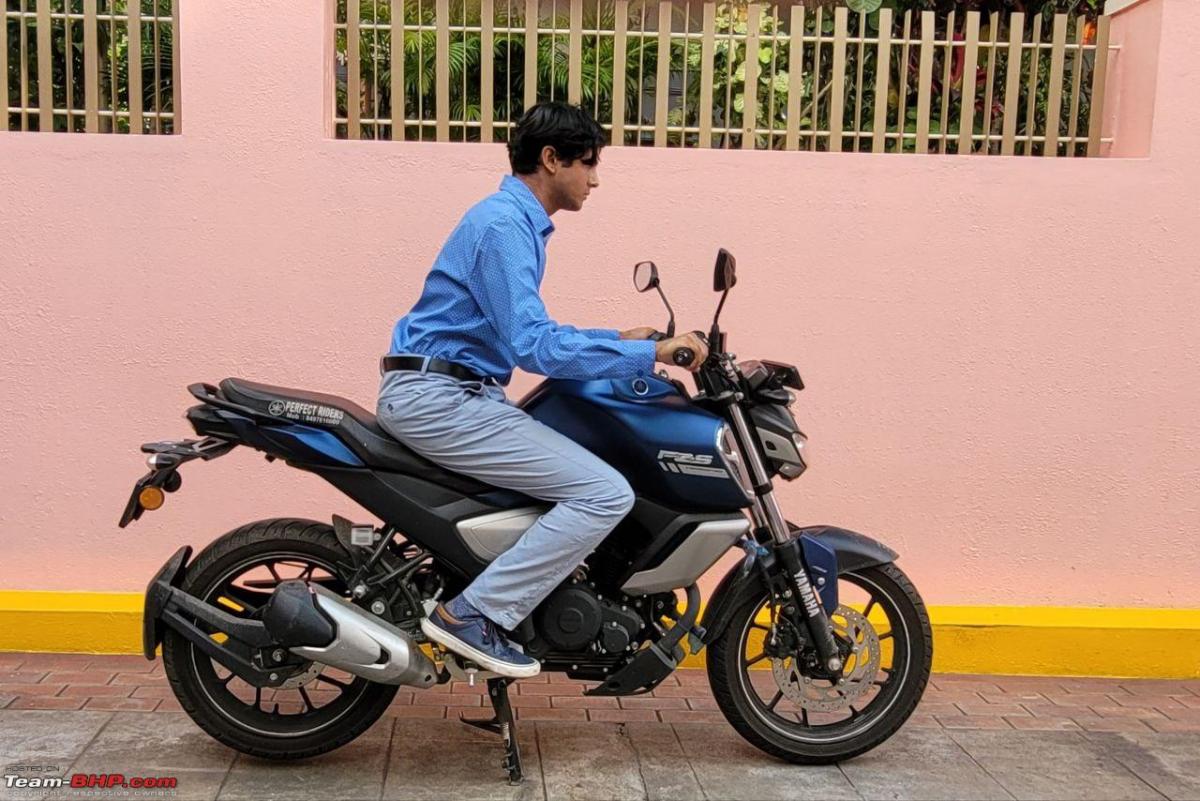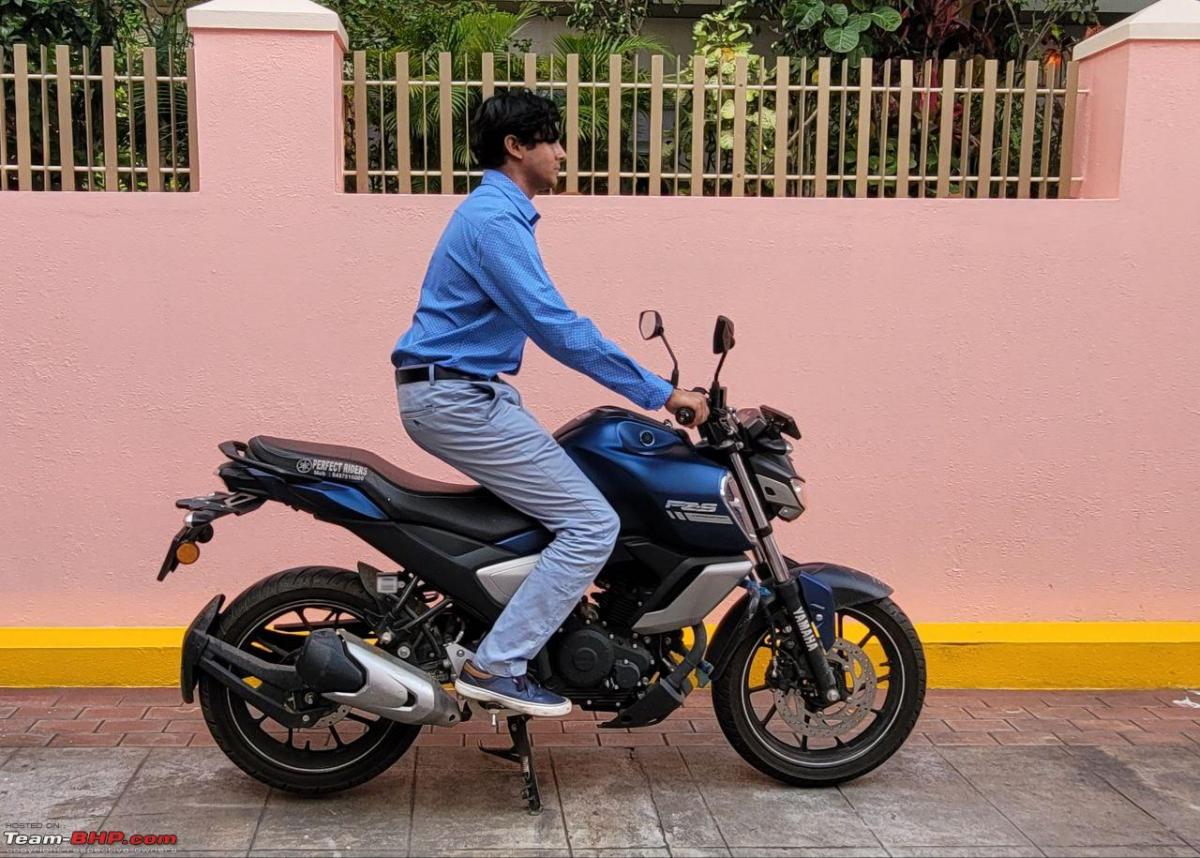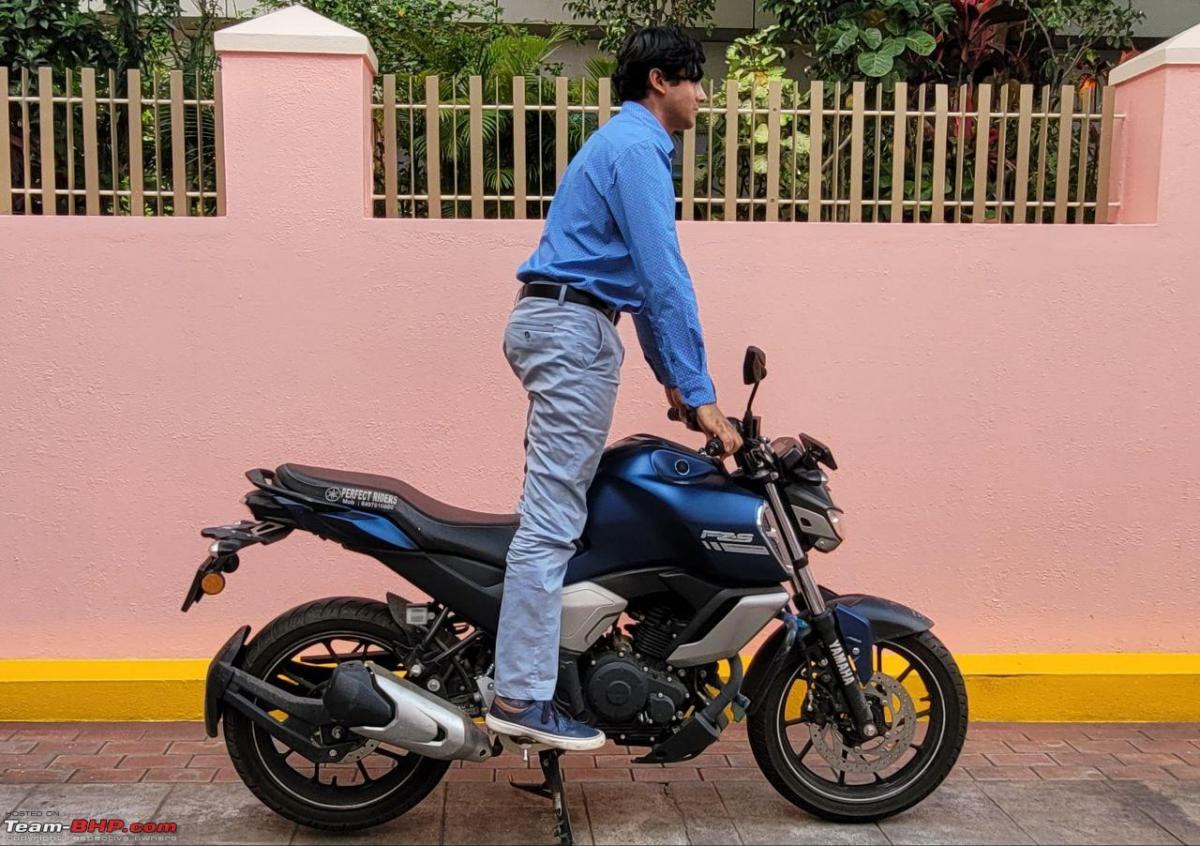The only way to take some weight of the back is to transmit some through the arms to the handlebar
BHPian ram1kv recently shared this with other enthusiasts.
Back Pain and Bike Rides:
Dear fellow BHPians,
This is my attempt at chronicling an annoying and widespread problem amongst the middle-aged population. Unfortunately, it rears its head when we attempt to do something that we really love like riding, driving etc. Sometimes it can be so debilitating that we end up in pain; bed-bound, for weeks. Rarely, it affects the functioning of the muscles of arms, legs, bladder or bowels, in which case a specialist surgical consultation and procedures might be the only option.
Thankfully in the majority of cases, however bad the initial pain, regular disciplined exercises, posture correction and being mindful of bad habits is all that is required to keep the problem under control. The human body has an amazing capacity to ignore or overcome such issues provided we do not let the wayward mind demonise our back pain and end up being permanently miserable. Seeking help early and sticking with a routine which works for you is of paramount importance in dealing with this issue.
I have tried to keep the language as free of medical jargon as much as possible. Please ask if any of this information does not make sense and I shall clarify. So let us delve into the matter at hand!
Basic Anatomy of the natural curves of spine in different areas.
What is Back Pain?
Pain experienced in and around the spine is generally referred to as back pain. There are different types of back pain. This can be due to mechanical problems in the back or a dangerous manifestation of a serious illness.
Types of Back Pain & Useful Tips
Local Problems:
- Direct injury to the back: e.g., fall, assault, sprain, accident etc. where the back is injured.
- Repeated stress injury: due to posture (commonest cause) or profession involving stress to the back.
- Arthritis, Infection or Degeneration: of the muscles, ligaments, cartilages or bones of the spinal column
Referred Pain:
Pain experienced due to a problem from a different structure or organ. Some examples are given below.
- Kidney trouble e.g., infections, stones etc
- Gall Bladder trouble e.g., infections, stones etc
- Other internal organs/structures related problems
My Condition:
I have structural problems to the back from a very young age which made me prone to severe back pain from my mid-twenties. Now they have progressed to disc protrusions in neck and lower back as well as arthritis in the mid thoracic (middle of upper back) region.
These result in:
- Right sided Sciatica (radiating pain down the lower back, buttocks and legs)
- Chronic pain in mid back with occasional spasms
- Severe pain and spasms in the neck with radiation to the arms (mostly left)
I have attempted Posture Correction, Swimming, Rowing, Yoga, Tai Chi, Physiotherapy, Panchakarma, Acupuncture, Reiki, Osteopathy, Marma and Spinal Surgery consultation for my problems at varying times.
What I am regularly using now are:
- Rowing
- Posture Correction
- Physiotherapy Exercises
- Yoga & Meditation
- Annual Panchakarma Rx for 2 weeks
- Osteopathy
As always, interventions to illnesses are best when guided or performed with expert consultation. For e.g. I’ve had good and bad advice/intervention from experts from many of the above fields. Each person’s condition can be different to others but as a medical professional and patient what I have realised can be summarised into these dictums for back pain:
- Sitting in one posture for a long time is bad for the back.
- Being or becoming overweight, is not good for one’s back.
- Too much of rest weakens the muscles so bedrest is good only when the problem is new/severe.
- Regular exercise and posture correction is a must especially when you are pain free.
- A strong mind and positive attitude are as good or sometimes even better than most treatments.
- Pain killers should be used only during acute flare ups.
- Constipation worsens the pain.
- You have to strengthen other weight bearing columns of the body to take load away from the spinal column (back & neck muscles, abdominal muscles and muscles of the pelvis & hip).
Why Riding makes Back Pain worse?
Amongst the things discussed above which are to be avoided, many are regular insults to the back when one rides a bike. Let us look into some mechanics of riding and driving when it comes to our spinal columns.
You will realise how heavy certain parts of our body are if you do this simple test. Try to keep your arm stretched up for 10 minutes or doing the same with your head by lifting it off the pillow for just 5 minutes continuously. This will tell you that these are heavy objects and the muscles holding them can get tired pretty easily. But we tend to ignore this fact when it comes to maintaining the muscle strength to prevent injuries of the neck and back.
In an unfit body, more than 90 percent of the weight of the upper body is carried down the lower part of the spinal column when sitting without support or standing upright. Over a period of time, this results in back problems. So, like we service our vehicles regularly, looking after the continuously weight bearing parts of our body is very important.
While driving, ensuring that the back is stretched according to each one’s body shape and comfort by keeping the head, neck and back constantly rested along the seat will reduce the weight that is being transmitted down the spinal column. You could use lumbar and neck support. Leaning forward and driving with most of the weight being transmitted down the back all the time, can obviously give you back strain which if uncorrected could lead on to sprain and injury.
Taking a break every two hours should become a habit while driving as it gives the back a rest and improves our concentration. Getting nourishment, hydration, emptying bladder/bowel, breathing fresh air, reducing eye strain, letting the engine, tyres cool down etc. are other added benefits.
Now let’s come to RIDING! All the corrective measures suggested above while driving with a seat to take some of your axial weight away cannot be done while riding a two-wheeler. So, I was expecting trouble when embarking on a journey to buy a bike after more than two decades (giving up on my much-loved KB125 in the early 2000’s). I was older and was a “certified disc degenerated person” with severe back and neck pain. You can read up on that journey at the beginning of this thread (Honda CB350 Review | Getting back on a motorcycle after 2 decades).
The first intervention I did was to double up on the back strengthening exercises and read up on biomechanics of riding in TBHP and other sources. There is an informative thread on Severe back pain and driving here (Severe back pain and driving!). Secondly, I researched available options that are appropriate for my particular situation. My heart said RE Meteor. Long distance testing was a disaster due to the cruising posture with all the weight going down the spine and no chance to do posture correction or stretches while riding. The suspension, slightly forward riding posture (70 degrees vs cruiser style of 90 degrees) for a 5 11’ frame, riding triangle, weight of the bike and weight distribution were all considered.
Assumptions:
- While riding there is axial loading of the spinal column and additional weight from the helmet. Adding a backpack will worsen this. Correct
- Bad suspension means bad strain to the back. Correct
- The only way to take some weight of the back is to transmit some through the arms to the handlebar (This is not advised by riding gurus). Correct
- Hugging the tank with your thighs should improve muscle tone and help with back pain. Correct
- Wind buffeting will prevent you from doing mindful posture correction. Correct
- Flexing the back should be completely avoided while riding. Incorrect!
Interventions:
- Got the right bike at that time = Honda CB 350. (now thinking of Adv Models, will write about it another time )
- Built up strength prior to purchase through exercise (always advisable)
- Chose less bumpy routes.
- Standing up and riding on really bad patches of road.
- Avoiding Off-Roading, Jumps and Stunts.
- Keeping the bike well maintained all the time.
- Regular breaks (stretch break every 90 minutes for a minimum of 5 – 10 minutes)
- Started off with no pillion or luggage.
- Accessorised the bike with top box, wind screen to be free of further challenges to the back.
- Avoid fast jerky turns of the head and twists of the back.
- Anticipatory riding, avoiding sudden braking and missed humps/potholes!
- Riding at a maximum speed of 90kmph even in clear and long stretches.
- Remembering to breath normally and evenly all the time! (very effective and often overlooked)
- Adequate hydration before and during the rides
- Starting all long rides after emptying bowels completely!
- Doing neck exercises while riding and adjusting helmet if neck starts to stiffen. Do not WAIT for the pain!
- Doing anterior tilt of the pelvis every 15 to 20 minutes
- Doing gentle flexion and hyper extension of the lower back for 5 seconds each alternatively as a set of 3 every half an hour) when it is safe to do so. This should not be attempted at high speed or in heavy traffic! I gear down to 40 kmph even in an empty highway while doing this. Traffic lights are great places to do exercises when stopped with both feet planted.
- Last but not the least, relax your shoulder muscles consciously especially the trapezius.
These interventions might sound too much to do altogether. But adding each one to your riding habit over a period of time consciously, creates an active back strengthening program while you are performing a task which is not advised by the healthcare professionals for patients with back issues.
Once it becomes part of your routine you don’t even notice that the mind and body are doing it, and you get off the bike more refreshed than when you got on it. Hope this clarifies my ludicrous statement before about having less back and neck pain after a long bike ride than otherwise. Long rides are now my cocoon of mindfulness where the mind, the body and the bike are one being and there is supreme relaxation!
Below are some images showing exercises described above:
Starting with basic steps, here is a gentle Right Turn of the neck.
Gentle left turn of the neck
Stretching the left side of the neck
Stretching the right side of the neck
Extending the neck, please ensure the eyes are always on the road while doing these exercises.
Neutral position of the neck for reference.
The lazy riding style with knees wide out. This can be occasionally attempted as a stretch for inner thigh muscles, but should never be the default position!
This should be the default position thighs hugging the tank. Easier to do in some bikes compared to others.
Knees out is not advisable
Best position of legs and should be default, thighs hugging the tank.
Side view of neutral neck position.
Retraction of the neck, excellent exercise to increase the tone and strength of neck muscles and has reduced my neck pain significantly.
Same exercises with helmet on, below is neutral neck position.
And neck retraction with helmet on.
Straight Back and neutral pelvic position
Anterior Pelvic Tilting while on a bike. Excellent exercise for lower back stiffness
For people with lower back issues this is a very useful exercise and can be easily done while riding at low speeds when traffic allows. Here is a YouTube Video link as it is difficult to appreciate the same in photos.
Stretching the back
Bending the lower back forward, this reduces axial weight load on spine and releases strain when attempted intermittently. Should not be default as it induces shoulder / elbow / wrist pain.
Avoiding the impact of a small bump or pot hole.
Bad or NO Road Situations: kindly wear good footwear and ensure safe stance on your footpegs before attempting this posture.
Hope this write up is helpful for you. We can have a discussion of any of the above assertions or assumptions but please do not turn this into a personal consultation thread for your specific ailments. A doctor who can examine you directly is any day better than a distant one! Looking forward to inputs and tips from other riders about the same topic.
Check out BHPian comments for more insights and information.
Source: Read Full Article




